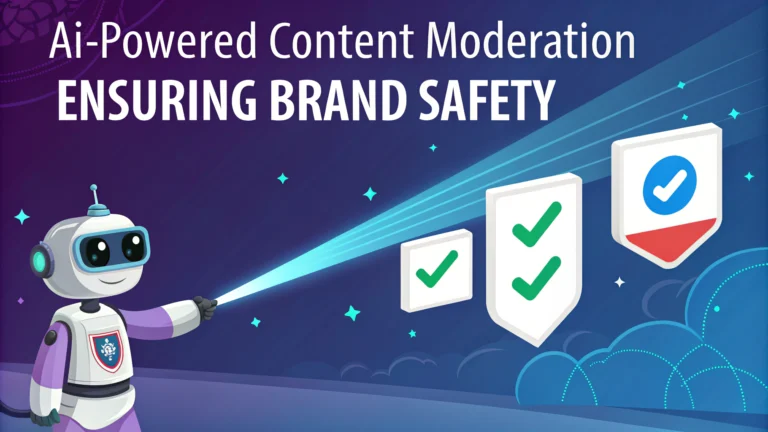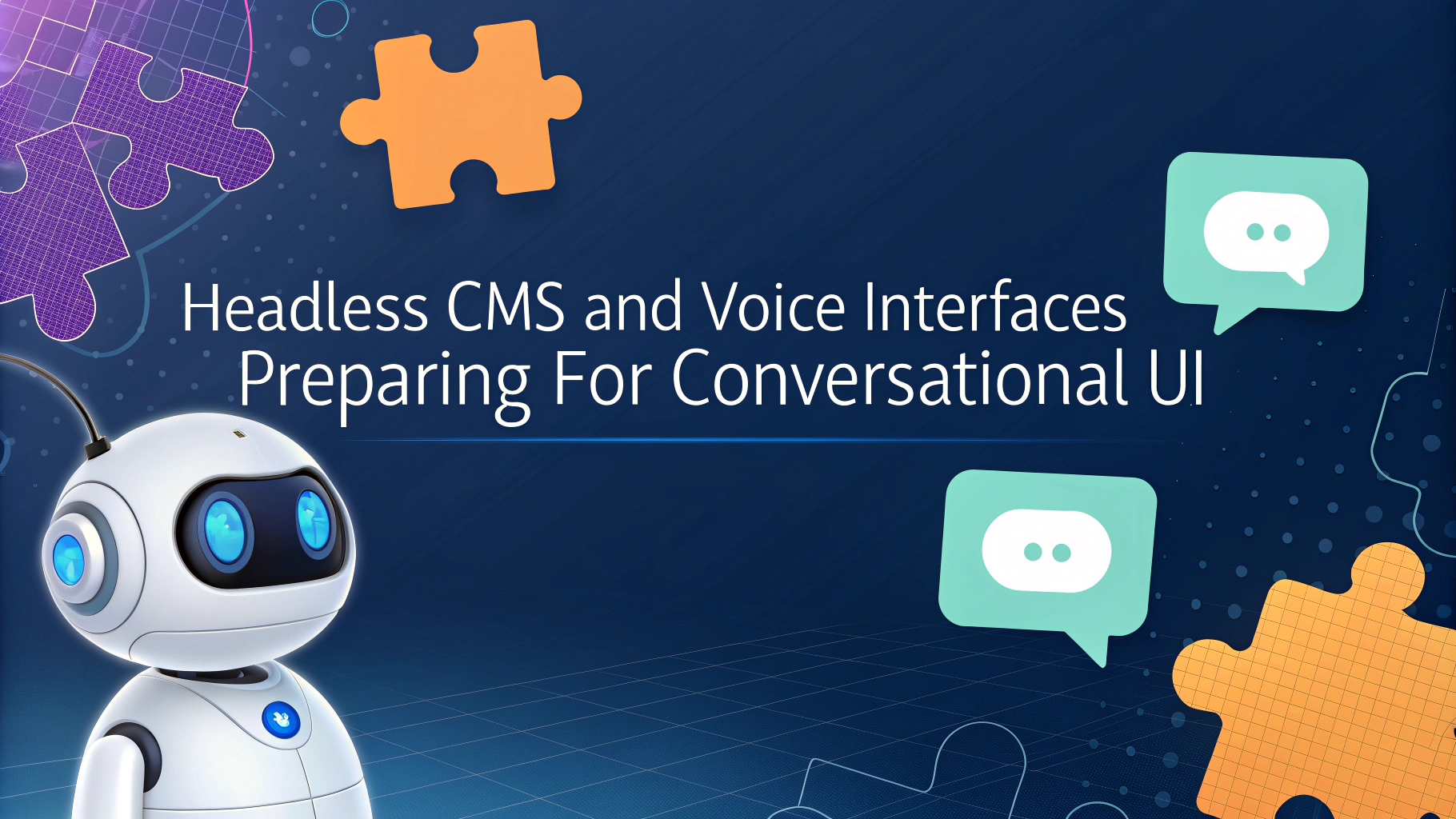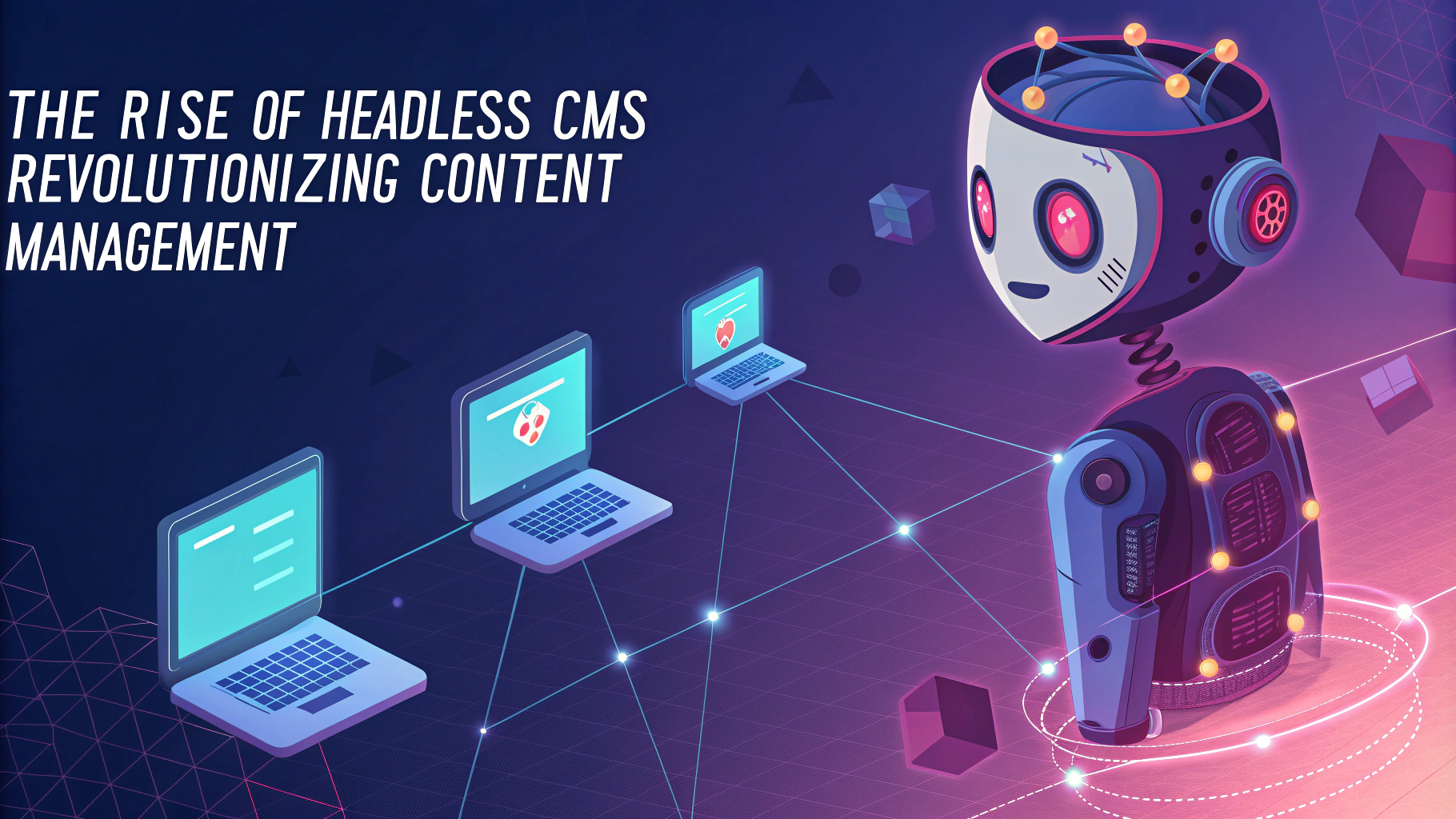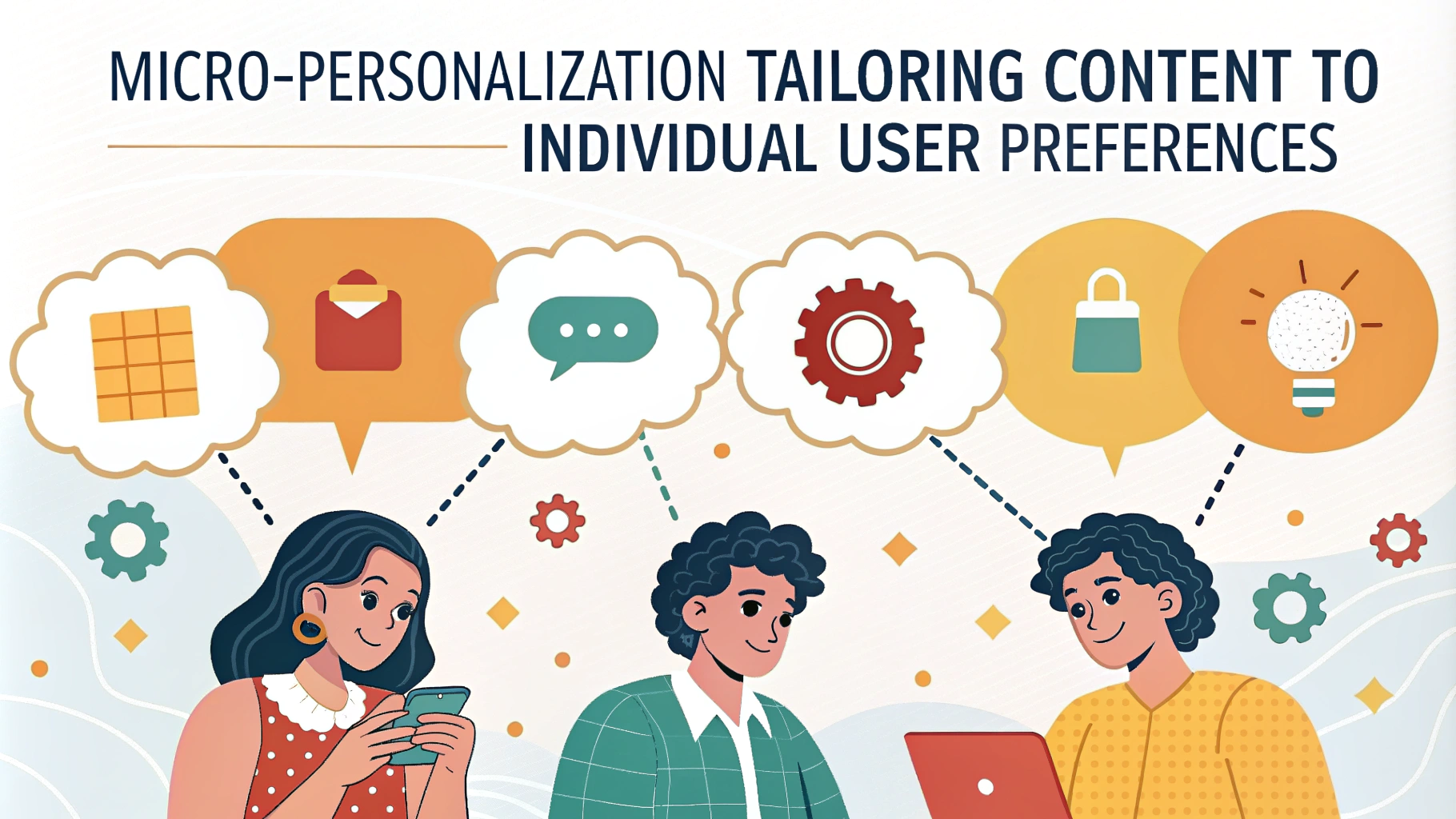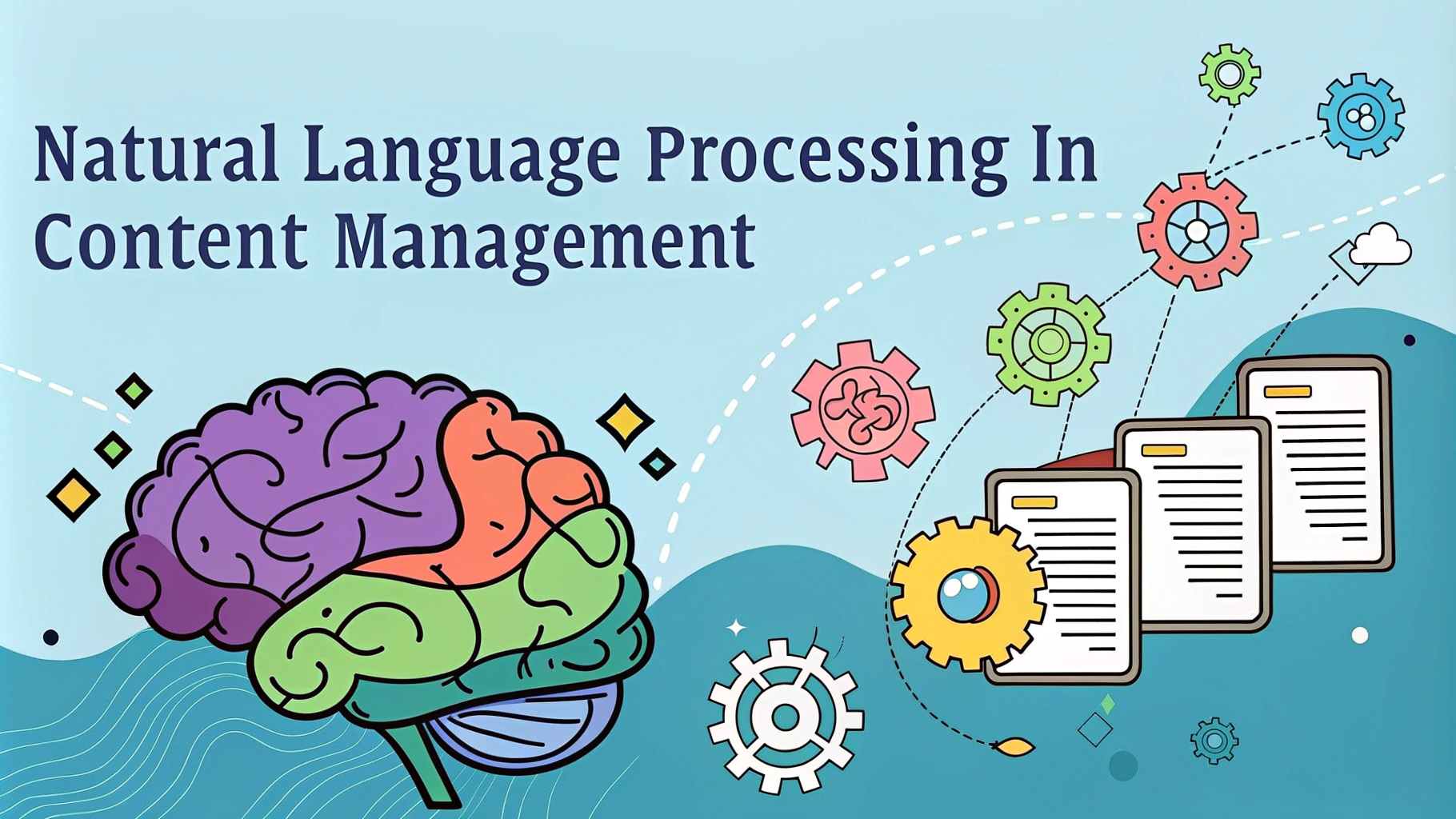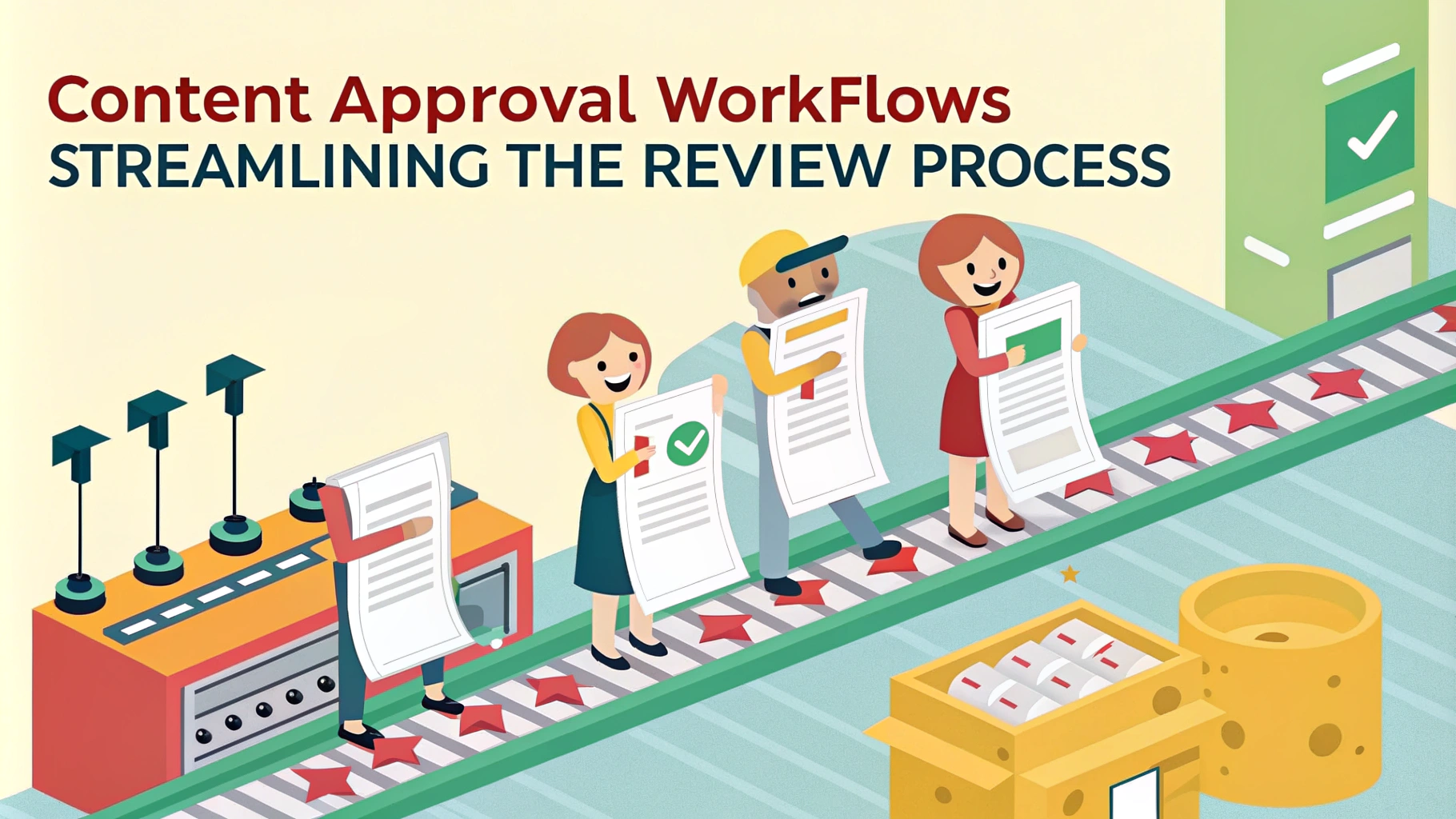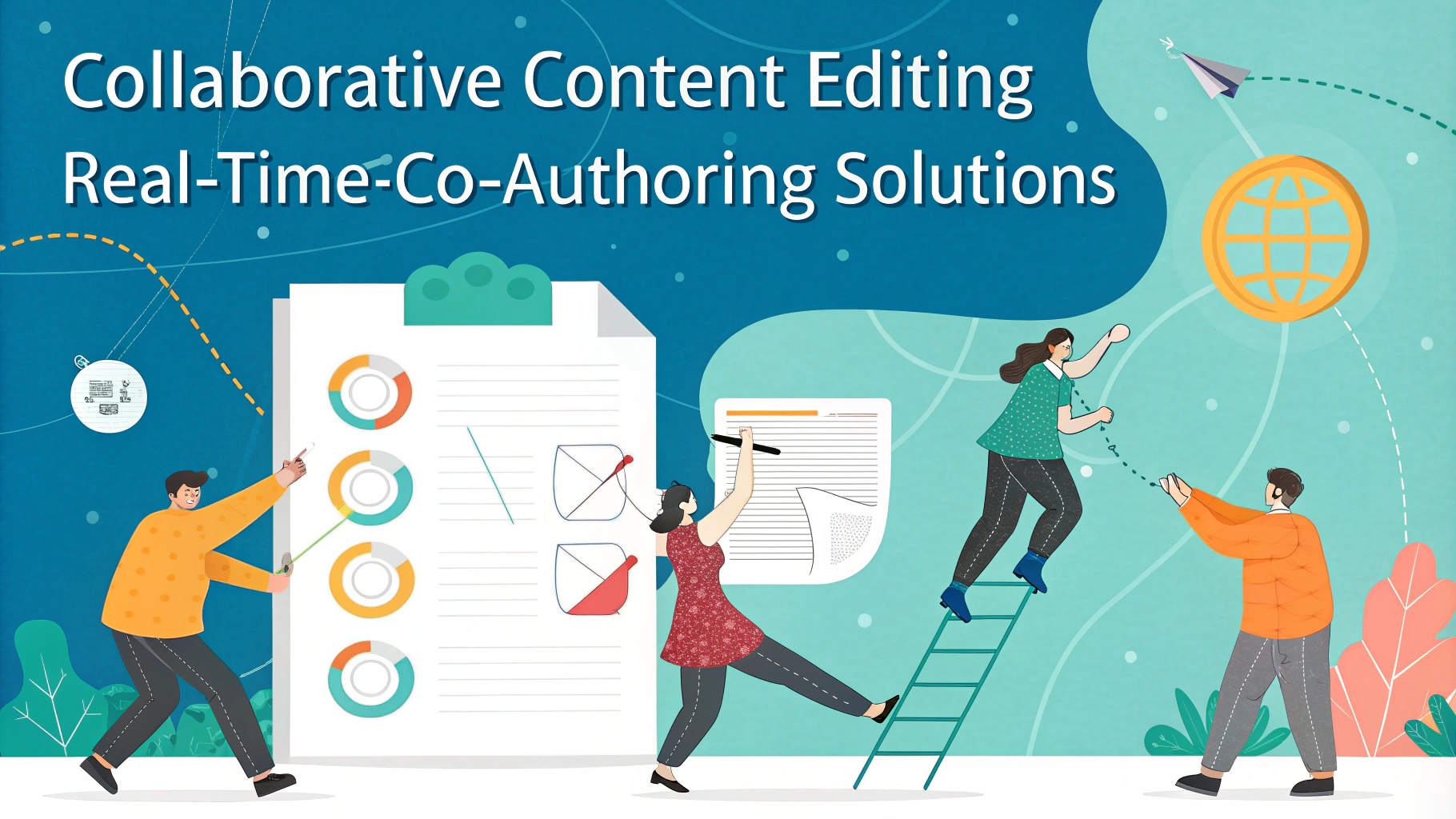AI-powered content moderation is reshaping how brands protect their online presence. This article explores the benefits of using machine learning for content filtering and offers practical advice for implementing AI moderation systems.
Understanding AI-Powered Content Moderation
AI-powered content moderation uses machine learning algorithms to automatically review and filter user-generated content. These systems can identify and flag potentially harmful or inappropriate content, including:
- Hate speech
- Explicit material
- Violence
- Copyright infringement
- Spam
By leveraging AI, brands can efficiently process large volumes of content in real-time, reducing the need for manual moderation and improving overall effectiveness.
Benefits of AI Moderation for Brand Safety
Faster processing: AI systems can review content significantly quicker than human moderators, allowing for near-instantaneous filtering.
Consistency: Machine learning algorithms apply rules uniformly, reducing the risk of human error or bias in content moderation.
Scalability: AI moderation can easily handle increasing amounts of content without a proportional increase in resources.
Cost-effectiveness: Automating the moderation process can lead to significant cost savings compared to relying solely on human moderators.
24/7 monitoring: AI systems can work around the clock, ensuring continuous protection of your brand’s online presence.
Implementing AI-Powered Content Moderation
To effectively implement AI-powered content moderation, consider the following steps:
- Define clear guidelines: Establish specific criteria for acceptable and unacceptable content on your platforms.
- Choose the right AI solution: Select a moderation tool that aligns with your brand’s needs and content volume.
- Train the AI model: Provide diverse examples of both acceptable and problematic content to improve accuracy.
- Implement human oversight: Combine AI with human moderation for complex cases and to refine the system over time.
- Regularly update and refine: Continuously improve your AI model to adapt to new trends and evolving content patterns.
Balancing Automation and Human Touch
While AI-powered moderation offers numerous advantages, it’s essential to maintain a balance with human involvement. Consider these approaches:
- Tiered moderation: Use AI for initial screening and human moderators for more nuanced decisions.
- Appeals process: Allow users to contest AI-flagged content, with human reviewers making final decisions.
- Periodic audits: Regularly review AI performance and adjust parameters as needed.
- Community guidelines: Clearly communicate your content policies to users, fostering a shared responsibility for maintaining a safe environment.
By combining AI efficiency with human judgment, brands can create a robust content moderation system that effectively protects their reputation while maintaining a positive user experience.
Implementing AI-Powered Content Moderation
To effectively implement AI-powered content moderation, follow these steps:
- Define clear guidelines: Establish specific criteria for acceptable and unacceptable content on your platforms.
- Choose the right AI solution: Select a moderation tool that aligns with your brand’s needs and content volume.
- Train the AI model: Provide diverse examples of both acceptable and problematic content to improve accuracy.
- Implement human oversight: Combine AI with human moderation for complex cases and to refine the system over time.
- Regularly update and refine: Continuously improve your AI model to adapt to new trends and evolving content patterns.
Balancing Automation and Human Touch
While AI-powered moderation offers numerous advantages, it’s essential to maintain a balance with human involvement. Consider these approaches:
- Tiered moderation: Use AI for initial screening and human moderators for more nuanced decisions.
- Appeals process: Allow users to contest AI-flagged content, with human reviewers making final decisions.
- Periodic audits: Regularly review AI performance and adjust parameters as needed.
- Community guidelines: Clearly communicate your content policies to users, fostering a shared responsibility for maintaining a safe environment.
Measuring the Effectiveness of AI Moderation
To ensure your AI-powered content moderation system is performing optimally, track these key metrics:
- Accuracy rate: Measure the percentage of correctly identified and flagged content.
- False positive rate: Monitor instances where acceptable content is incorrectly flagged.
- Response time: Track how quickly the system processes and moderates content.
- User feedback: Collect and analyze user responses to moderation decisions.
Regularly reviewing these metrics will help you identify areas for improvement and refine your moderation strategy.
Addressing Ethical Concerns in AI Moderation
As you implement AI-powered content moderation, consider these ethical aspects:
- Transparency: Be open about your use of AI in content moderation.
- Fairness: Regularly audit your AI system for bias and take steps to ensure equitable treatment of all users.
- Privacy: Implement robust data protection measures to safeguard user information.
- Accountability: Establish clear processes for handling mistakes and addressing user concerns.
By addressing these ethical considerations, you can build trust with your audience and maintain a positive brand reputation.
Conclusion: Embracing AI for Safer Online Spaces
AI-powered content moderation offers a powerful tool for brands to protect their online presence and create safer digital spaces. By implementing AI moderation systems thoughtfully, balancing automation with human oversight, and addressing ethical concerns, brands can:
- Efficiently manage large volumes of user-generated content
- Reduce the risk of harmful content damaging their reputation
- Create a more positive and engaging user experience
- Adapt quickly to evolving content trends and challenges
As AI technology continues to advance, brands that embrace these tools will be better equipped to navigate the complexities of online content moderation and maintain a strong, trustworthy online presence.

